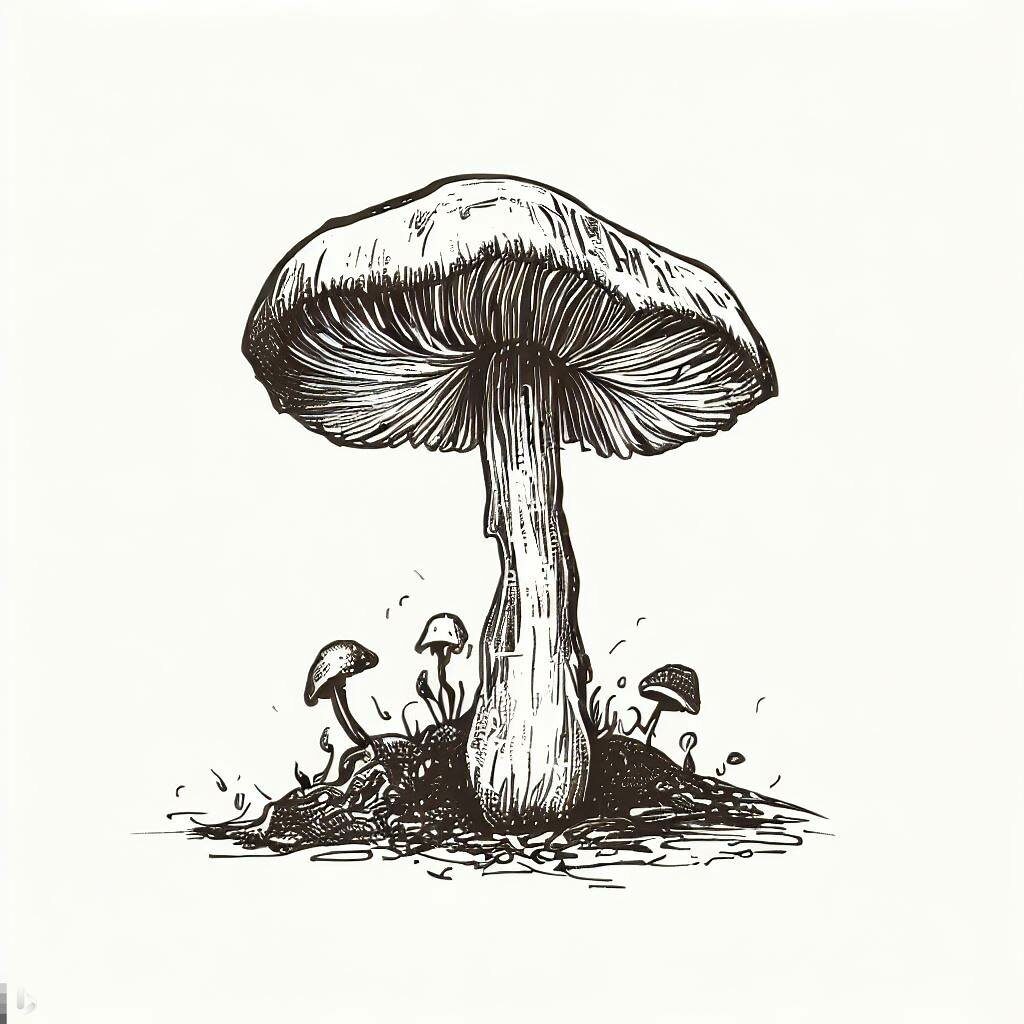Mushrooms might be one of your bets for healthy aging. Why? There are three very clear reasons.
Firstly, many mushrooms contain non-digestible carbohydrates that benefit your microbiome (1) (and as we know, preserving your aging microbiome is one of your lifelines to health.). These carbohydrates include oligosaccharides (e.g. trehalose) and polysaccharides (e.g. chitin, β-glucans and mannans) which are readily available in culinary mushrooms (1). So, you can already eat mushrooms just for the fibers.
Second, mushrooms are a natural and high source of a molecule called ergothioneine. As we age, levels of ergothioneine decline (2), and it’s been observed that ergothioneine levels are lower in individuals undergoing age-related cognitive decline. The important question is whether there is causation between ergothioneine levels and aging, or if it is just a correlation. While the verdict is still out and research is ongoing, one double-blind placebo controlled clinical trial in older individuals showed that participants who consumed 3 grams daily of extract from lion’s mane mushroom in pill form significantly increased their performance in cognitive tests compared to the placebo group (3).
And thirdly, an impressive amount of experiments in the lab have shown that a variety of different mushroom extracts extend lifespan and healthspan in model organisms (4). These fungi include reishi, shiitake, jelly ear mushrooms, lion’s mane, chaga, maitake, oyster mushrooms, the almond mushroom and more! You can read our lab’s recent open-access scientific review on the topic here in Aging Research Reviews.
Overall, it’s probably not a bad idea to add more mushrooms to your diet (although as usual don’t overdo it since anything in excess can be toxic). In any case and importantly, because it’s been found that mushrooms grown industrially in darkness have lower levels of vitamins (in this case vitamin D2, (5)) compared to the more naturally grown counterparts, it’s important to find the most fresh, organic, and naturally and sustainably grown mushrooms as possible. Enjoy!

Going deeper…
(1) Peter C.K. Cheung, Mini-review on edible mushrooms as source of dietary fiber: Preparation and health benefits, Food Science and Human Wellness, Volume 2, Issues 3–4, 2013, Pages 162-166, ISSN 2213-4530, https://doi.org/10.1016/j.fshw.2013.08.001.
(2) Cheah IK, Feng L, Tang RMY, Lim KHC, Halliwell B. Ergothioneine levels in an elderly population decrease with age and incidence of cognitive decline; a risk factor for neurodegeneration? Biochem Biophys Res Commun. 2016 Sep 9;478(1):162-167. doi: 10.1016/j.bbrc.2016.07.074. Epub 2016 Jul 19. PMID: 27444382.
(3) Mori K, Inatomi S, Ouchi K, Azumi Y, Tuchida T. Improving effects of the mushroom Yamabushitake (Hericium erinaceus) on mild cognitive impairment: a double-blind placebo-controlled clinical trial. Phytother Res. 2009 Mar;23(3):367-72. doi: 10.1002/ptr.2634. PMID: 18844328.
(4) Shevchuk Y, Kuypers K, Janssens GE. Fungi as a source of bioactive molecules for the development of longevity medicines. Ageing Res Rev. 2023 Jun;87:101929. doi: 10.1016/j.arr.2023.101929. Epub 2023 Apr 7. PMID: 37031727.
(5) Cardwell G, Bornman JF, James AP, Black LJ. A Review of Mushrooms as a Potential Source of Dietary Vitamin D. Nutrients. 2018 Oct 13;10(10):1498. doi: 10.3390/nu10101498. PMID: 30322118; PMCID: PMC6213178.
